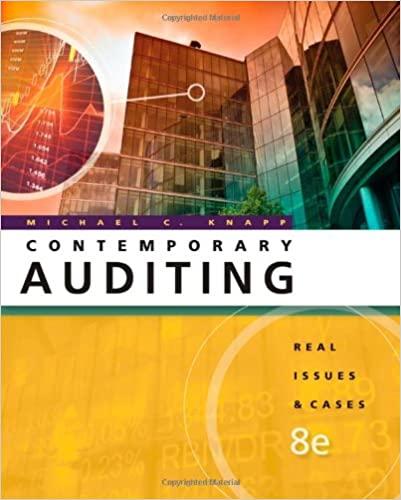




in picture 5, how we got the COGS? in details using formulas ( DO not use "sales - gross profit ") Use "beginning inventory + purchases - ending inventory" if it works
Temporal and Current Rate Methods Translation methods illustrated U.S. Inc. owns Juarez, SA, a subsidiary in Mexico which was established January 1, 2010 Juarez's balance sheet items as of 12/31/10, in pesos: Cash Accounts payable Long-term debt Capital stock Retained earnings 1,000 2,000 Accounts rec. 6,000 2,000 Inventory 2,500 3,000 Fixed assets 8,000 1,500 Accum. depr. 1,000 picture 1 Learning Objective 4 8-11 Temporal and Current Rate Methods Translation methods illustrated Juarez's income statement items for 2010, in pesos: Sales Depr. exp Interest exp. 20,000 1,000 COGS 14,000 500 Income tax exp S,G,&A exp. 2,500 500 picture 2 Learning Objective 4 8-12 Temporal and Current Rate Methods Translation methods illustrated Relevant exchange rates (U.S. dollar per Mexican peso): January 1, 201o Average for 2010 Average for 4th quarter 2010 December 31, 2010 $0.10 $0.095 $0.09 $0.08 picture 3 Learning Objective 4 8-14 Temporal and Current Rate Methods Current Rate Method Income Statement Income Statement 2010 Sales 1,900 COGS 1,330 Gross profit 570 238 s,G,&A Depreciation expense Interest expense 95 48 Income tax expense 47 Net income 142 picture 4 Learning Objective 4 8-15 Temporal and Current Rate Methods Temporal Method Income Statement Income Statement - 2010 Sales 1,900 1,343 COGS Gross profit s,G,&A Depreciation expense Interest expense Income tax expense Remeasurement gain 557 238 100 48 47 101 Net income 225 picture 5 Learning Objective 4 8-17 Temporal and Current Rate Methods Translation methods illustrated There was no beginning inventory. Inventory, which is carried at cost, was acquired evenly during the last quarter of 2010. Purchases were made evenly throughout year. Fixed assets were acquired on January 1, 2010. Capital stock was sold on January 1, 2010. arning Obiootiun Temporal and Current Rate Methods Translation methods illustrated U.S. Inc. owns Juarez, SA, a subsidiary in Mexico which was established January 1, 2010 Juarez's balance sheet items as of 12/31/10, in pesos: Cash Accounts payable Long-term debt Capital stock Retained earnings 1,000 2,000 Accounts rec. 6,000 2,000 Inventory 2,500 3,000 Fixed assets 8,000 1,500 Accum. depr. 1,000 picture 1 Learning Objective 4 8-11 Temporal and Current Rate Methods Translation methods illustrated Juarez's income statement items for 2010, in pesos: Sales Depr. exp Interest exp. 20,000 1,000 COGS 14,000 500 Income tax exp S,G,&A exp. 2,500 500 picture 2 Learning Objective 4 8-12 Temporal and Current Rate Methods Translation methods illustrated Relevant exchange rates (U.S. dollar per Mexican peso): January 1, 201o Average for 2010 Average for 4th quarter 2010 December 31, 2010 $0.10 $0.095 $0.09 $0.08 picture 3 Learning Objective 4 8-14 Temporal and Current Rate Methods Current Rate Method Income Statement Income Statement 2010 Sales 1,900 COGS 1,330 Gross profit 570 238 s,G,&A Depreciation expense Interest expense 95 48 Income tax expense 47 Net income 142 picture 4 Learning Objective 4 8-15 Temporal and Current Rate Methods Temporal Method Income Statement Income Statement - 2010 Sales 1,900 1,343 COGS Gross profit s,G,&A Depreciation expense Interest expense Income tax expense Remeasurement gain 557 238 100 48 47 101 Net income 225 picture 5 Learning Objective 4 8-17 Temporal and Current Rate Methods Translation methods illustrated There was no beginning inventory. Inventory, which is carried at cost, was acquired evenly during the last quarter of 2010. Purchases were made evenly throughout year. Fixed assets were acquired on January 1, 2010. Capital stock was sold on January 1, 2010. arning Obiootiun












